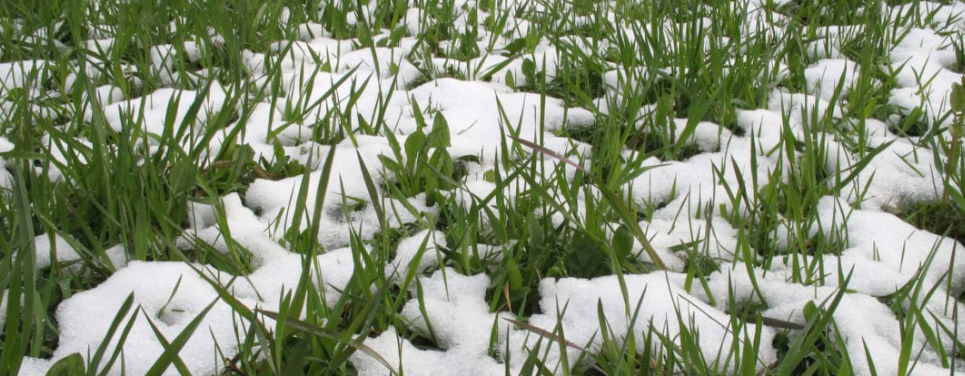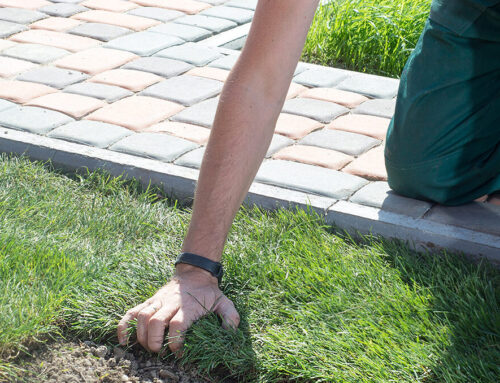Winter Landscape and Lawn Care
The winter season is an ideal time to prepare your lawn and landscaping for the inevitable growing season. Some thoughtful care now can make all the difference when the seasons change. Although it may not look like much is happening in your winter landscape, your plants are working quite hard below the surface.
Even during the winter months, plants need to absorb adequate moisture to keep their roots healthy, and many gather and store nutrients from the soil to use in the spring. Read on to learn 4 tips on how to protect your plants and promote healthier growth this spring.
Protect your Trees and Shrubs
Established trees and shrubs can generally hold their own against old man winter’s cold temperatures, but snow loads may be a different story.
Wet snow gets heavy in a hurry and could break small or weak branches, so protecting your trees and shrubs is an essential part of landscape maintenance in the winter season. If you see branches that are already dead or damaged, cut them out of the tree before the snow starts falling. If you find small or weak branches close enough, tie them to a stronger branch if you can. This allows weaker branches to share the load rather than supporting the snow without help.
Clean your Yard
It’s best to rake and remove leaves and debris from your yard to avoid damaging the grass and promote more sun exposure for a healthier lawn next summer. Neglecting to clean lets leaves and other organic debris smother your lawn and stint the growth of new grass, or in some instances, kill it altogether.
Additionally, adding mulch around plants, trees, and shrubs can also add some protection during the winter. A 2-inch layer of mulch will help reduce water loss and help level out soil temperature around plant roots.
Prune and Trim
Late winter is an excellent time to prune many plants. Doing so late in the winter shortens the amount of time the pruning wound stays open before new growth begins. It also encourages rapid growth in the spring. Hedges and shrubs will leaf out faster in the spring if you do some hard pruning in the late winter.
Don’t Be Salty…
Rock salt and chemical ice-melting products can damage trees, plants, and grass by drawing water away from the roots. With winter being a time when water is key, be sure to flush out your soil to eliminate lingering salt. You should also be careful to avoid packing snow onto your grass when shoveling walkways and driveways when using salt on or around your property.








